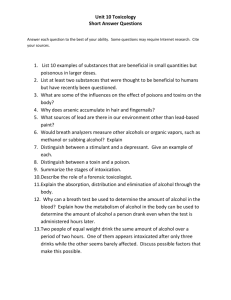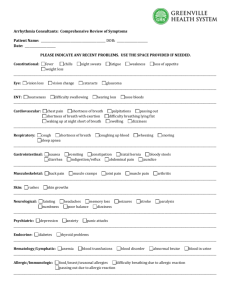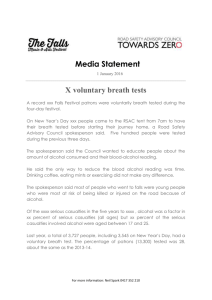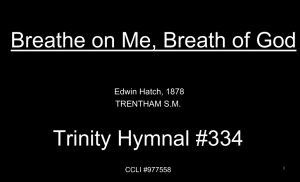Breath Hold Value Proposition
advertisement
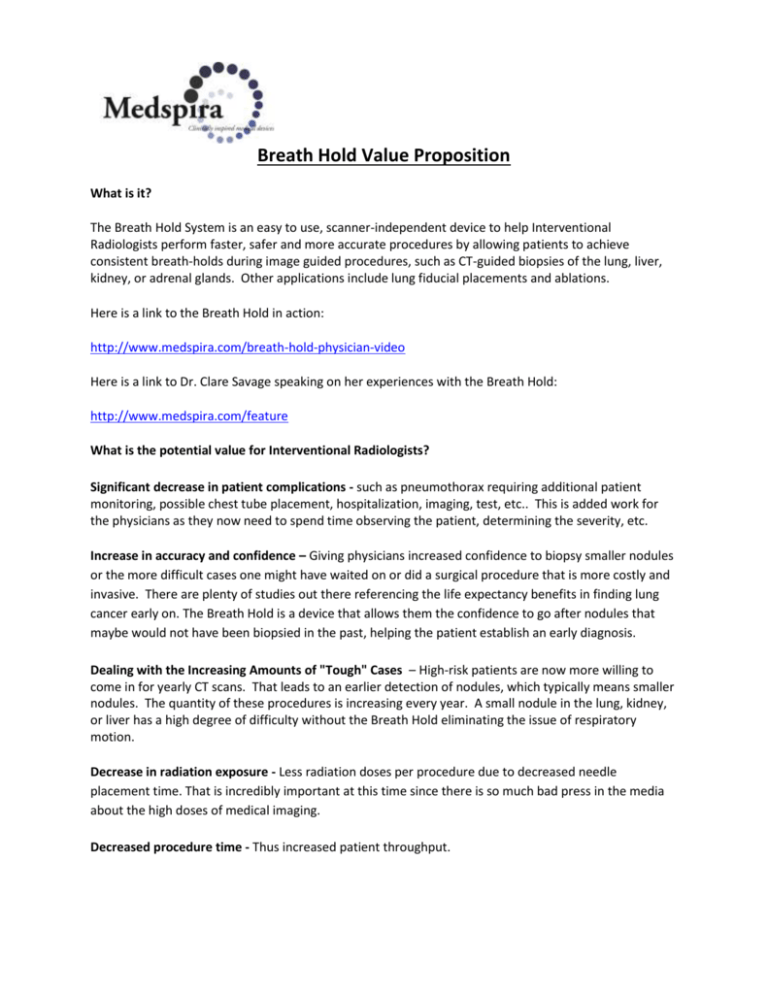
Breath Hold Value Proposition What is it? The Breath Hold System is an easy to use, scanner-independent device to help Interventional Radiologists perform faster, safer and more accurate procedures by allowing patients to achieve consistent breath-holds during image guided procedures, such as CT-guided biopsies of the lung, liver, kidney, or adrenal glands. Other applications include lung fiducial placements and ablations. Here is a link to the Breath Hold in action: http://www.medspira.com/breath-hold-physician-video Here is a link to Dr. Clare Savage speaking on her experiences with the Breath Hold: http://www.medspira.com/feature What is the potential value for Interventional Radiologists? Significant decrease in patient complications - such as pneumothorax requiring additional patient monitoring, possible chest tube placement, hospitalization, imaging, test, etc.. This is added work for the physicians as they now need to spend time observing the patient, determining the severity, etc. Increase in accuracy and confidence – Giving physicians increased confidence to biopsy smaller nodules or the more difficult cases one might have waited on or did a surgical procedure that is more costly and invasive. There are plenty of studies out there referencing the life expectancy benefits in finding lung cancer early on. The Breath Hold is a device that allows them the confidence to go after nodules that maybe would not have been biopsied in the past, helping the patient establish an early diagnosis. Dealing with the Increasing Amounts of "Tough" Cases – High-risk patients are now more willing to come in for yearly CT scans. That leads to an earlier detection of nodules, which typically means smaller nodules. The quantity of these procedures is increasing every year. A small nodule in the lung, kidney, or liver has a high degree of difficulty without the Breath Hold eliminating the issue of respiratory motion. Decrease in radiation exposure - Less radiation doses per procedure due to decreased needle placement time. That is incredibly important at this time since there is so much bad press in the media about the high doses of medical imaging. Decreased procedure time - Thus increased patient throughput. Increased pressure from Oncology to get more Tissue – As Oncology continues to push the envelope they are asking the physicians to hit smaller nodules, yet requiring more tissue with a core biopsy. That leads to a higher risk profile for the patient, and for the physician performing the procedure. We can mitigate that risk with our Breath Hold. What is the value for Administrators? Cutting Back on Complication Costs - There can be significant costs associated with a pneumothorax. What would the hospital save in expenses if they could cut out even 15-20 complications per year? Complication reduction can provide a short term ROI for the hospital. Time Savings - Time is money. One of our clinical articles showed a significant time savings per procedure with the Breath Hold. What are the revenue implications if the hospital could add 2 more procedures per month because of the Breath Hold? Quality Care Initiatives - A pneumothorax is considered a Patient Safety Indicator, and eliminating a portion of them can be a major benefit to their hospital quality ratings. Radiation Exposure - There is a lot of attention on this issue, and if the hospital can say they are giving best efforts to minimize radiation, that is of value. **See the links below for evidence of the clinical data mentioned above: Mayo Clinic case study: http://radiology.rsna.org/content/237/2/701.full.pdf+html?sid=a31e6f28-6702-4301-b46ee12e56050540 University Hospital (Germany): http://www.medspira.com/wp-content/uploads/2010/04/RoFo2010.pdf Summary The Medspira Breath Hold has significant value not only for physicians, but for the hospitals themselves. It gives the physicians a significant tool to eliminate an issue that they cannot control in respiratory motion. While at the same time cutting costs and potentially increasing revenue for administrators concerned about the bottom line. This comes at a time where the physicians are seeing increased volume of small nodules, while also being asked to get a larger diagnostic sample to meet the growing needs of Oncology. The Medspira Breath Hold can meet these challenges, and help both physicians and hospitals overcome them.
